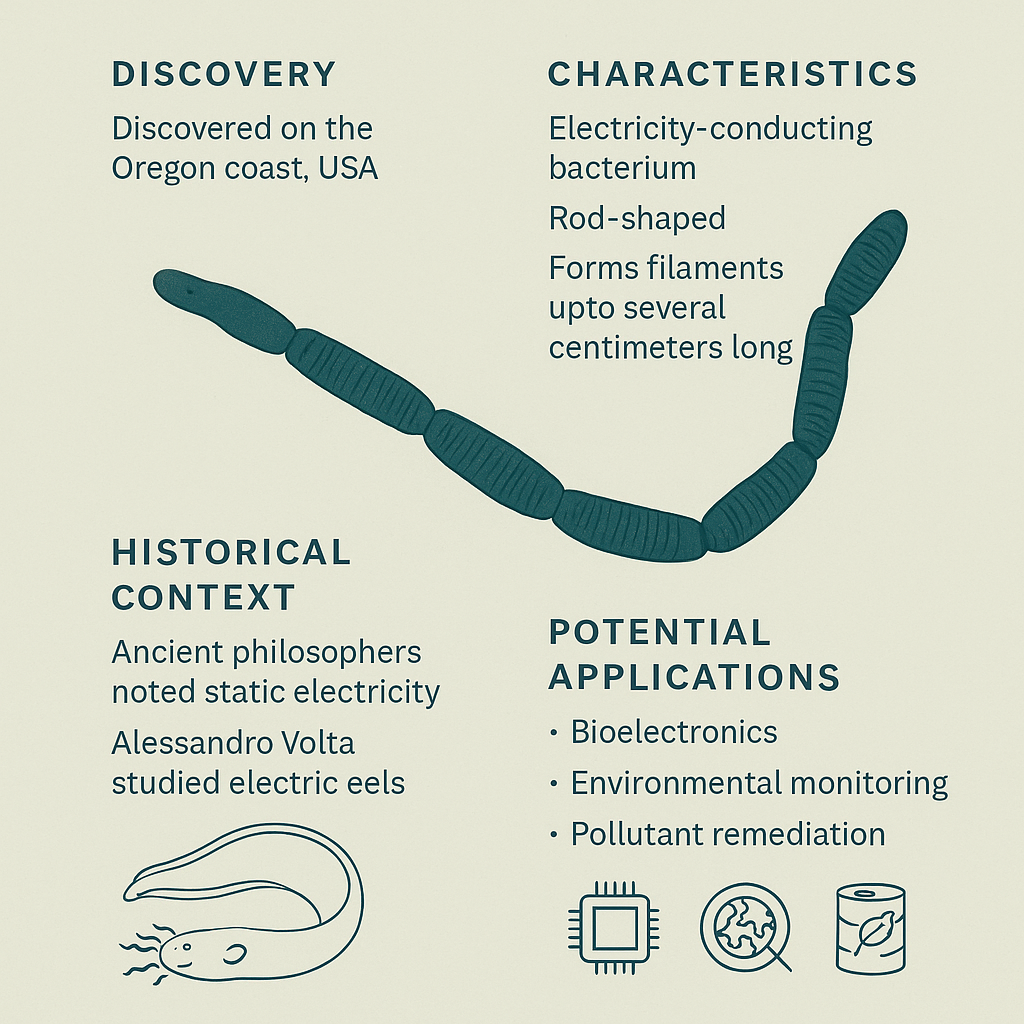
📅 May 7, 2025, Post 12: Urban Birds Defy the Dullness Myth: Study Challenges Colour Homogenisation Theory | Target IAS-26 MCQs Attached: A complete Package, Dear Aspirants!
Urban Birds Defy the Dullness Myth: Study Challenges Colour Homogenisation Theory

🔹 NEWS DROP — PETAL 012
📅 May 7, 2025
🎯 GS Paper 3 | Environment – Biodiversity, Urban Ecology
🌀 Intro Whisper
In concrete jungles once thought colourless, feathers flash a rebel’s palette — not dull, but dazzling in the face of grey.
🔍 Key Highlights
- A global study of over 1,200 bird species questions the Urban Colour Homogenisation Hypothesis — which proposed that urbanisation dulls bird plumage.
- The research shows that birds thriving in cities are often more colourful, particularly displaying:
- Blue, dark grey, and black hues.
🌆 What Is the Urban Colour Homogenisation Hypothesis?
- Suggests urban areas:
- Reduce colour diversity in birds and the built environment.
- Are dominated by fewer species and limited colour palettes.
- Lead to camouflage-driven uniformity due to habitat simplification.
🧪 Study Findings
- Urban birds showed:
- Higher presence of melanin-based coloration (black/grey) — may help bind toxins in polluted settings.
- More blue and iridescent hues, possibly due to reduced predation pressures.
- Less successful urban birds: Those with brown or yellow plumage, better suited for forested or natural camouflage.
- Conclusion: Urban settings do not inherently drive dullness, but alter selective pressures on colour traits.
🧭 GS Paper Mapping
GS1: Geography – Urbanisation and Ecology
GS3: Environment – Urban Wildlife, Biodiversity Studies
GS3: Science & Tech – Evolutionary Adaptations
Target IAS-26: Daily MCQs :
📌 Prelims Practice MCQs
Topic:
🧠 Prelims MCQ (Type 1 – How many are correct?)
Q. With reference to the recent findings on bird plumage in urban environments, consider the following statements:
1. Birds with brown feathers are better adapted to urban environments due to camouflage.
2. Melanin-based colours like grey and black may offer protection against pollutants.
3. Blue-feathered birds are increasingly successful in urban spaces.
4. Urban birds face higher predation risks, leading to duller colours.
How many of the above statements are correct?
A) Only two
B) Only three
C) All four
D) Only one
🌀 Didn’t get it? Click here (▸) for the Correct Answer & Explanation
✅ Correct Answer: A) Only two
🧠 Explanation:
• 1 – Incorrect: Brown feathers aid camouflage in forest understorey, not in cities.
• 2 – Correct: Melanin binds pollutants, aiding survival.
• 3 – Correct: Blue-coloured birds are thriving in urban environments.
• 4 – Incorrect: Urban predation is lower, allowing more conspicuous colours.


















